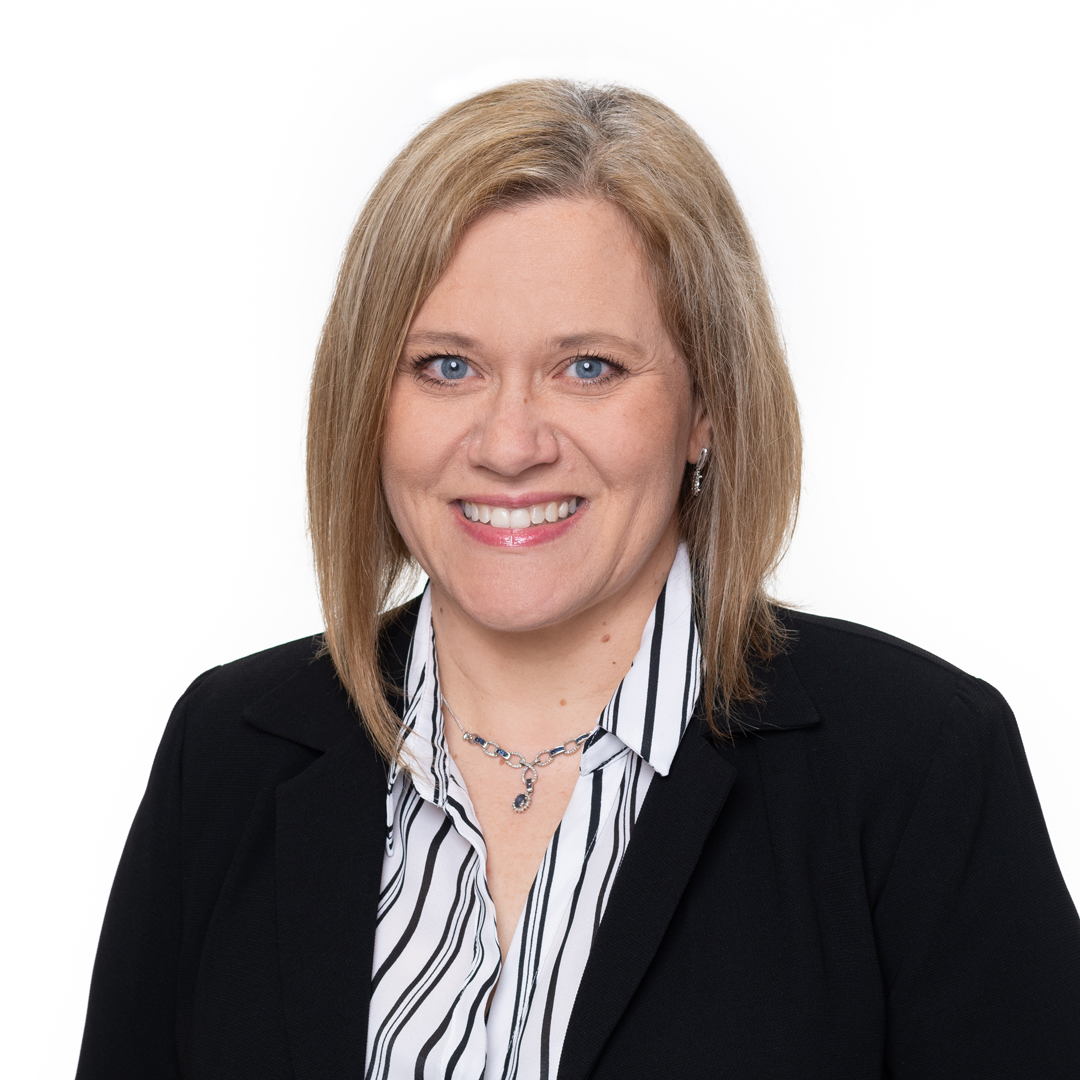Great River Energy (GRE), a Minnesota-based not-for-profit wholesale electric power cooperative, has yet again surpassed margin expectations and finished its most financially successful year in its twenty-year history. The cooperative is made up of twenty-eight member-owner distribution cooperatives and serves more than 695,000 families, farms, and businesses, or about 1.7 million people. Vice President and General Counsel Eric Olsen has been at GRE for nearly fourteen years and has helped the power cooperative embrace the changing landscape of sustainable powering, including partnering in CapX2020, a joint initiative of eleven transmission-owning utilities in Minnesota, North Dakota, South Dakota, and Wisconsin created to upgrade and expand the Midwestern electric transmission grid.
Prior to coming to Great River Energy, Olsen handled corporate and transactional matters at Minneapolis firms Moss & Barnett and Burstein, Hertogs, Olsen & McFarland. Olsen’s tenure at the power cooperative intersected with GRE’s entrance into the CapX2020 project, which, as of 2017, had completed all transmission lines and upgrades. The 800-mile, nearly $2 billion investment is the largest development of new transmission in the upper Midwest in forty years and included four 345-kilovolt transmission lines and a 230-kilovolt line.
“CapX2020 is a great example of collaboration. Investor-owned electric utilities, electric cooperatives, and municipally owned electric utilities all worked together in an unprecedented way through transmission expansion to ensure we can continue to provide safe, reliable, and affordable energy to our customers,” Tim Rogelstad, president of Otter Tail Power Company, one of the eleven utility partners, said in a press release. “In this respect, we’re a model for the rest of the country in transmission development. We’ve accomplished much more together than we ever could do alone.”
Over the thirteen-year process, crews faced many obstacles, including record cold temperatures, constructing a transmission line across the Mississippi River, using a heavy lift helicopter to install structures in a wetland, and overcoming challenges in unstable soil conditions. But the investments have ultimately strengthened the backbone of the transmission grid for years to come.
Olsen has also helped initiate multilateral collaboration at GRE’s North Dakota–based Coal Creek Station, a 1.1.-gigawatt power plan. During a visit by United States Energy Secretary Rick Perry, Olsen highlighted the collaborative relationship in a National Rural Electric Cooperative Association article: “The tour was a great opportunity to share the innovative work we are doing for our member-owner cooperatives.”
“The idea was to build a power plant adjacent to the lignite fields in North Dakota to supply electricity to Minnesota cooperatives,” said John Bauer, the director of North Dakota generation for Great River Energy, in a Lignite Energy Council piece.
As new sustainable power alternatives have become more widely available, GRE has worked to transition the role of the Coal Creek Station over the past three years. “In effect, we are changing the mission of the station from producing at a very high-capacity factor to providing reliability to the market and serving as a backup for growing wind energy in the region,” GRE said in a statement.
Renewable energy is increasingly becoming a more important component for GRE. In May 2018, Great River Energy adopted a corporate goal to achieve fifty percent renewable energy for its twenty all-requirements member-owner cooperatives by 2030. GRE actually achieved the Minnesota twenty percent renewable energy standard eight years ahead of schedule in 2017. That includes substantial investments in wind-turbine technology. “Reducing emissions and increasing renewables can present advantages to cooperatives for attracting and retaining businesses as well as meeting the expectations of members who value clean energy,” GRE said in its renewable energy proposal.
As Minnesota’s power cooperative continues to evolve and meet the changing needs of its customer base, its general counsel will continue to navigate increasingly complex environmental regulations and encourage the kind of collaboration that has kept GRE a key energy provider in the Midwest.

